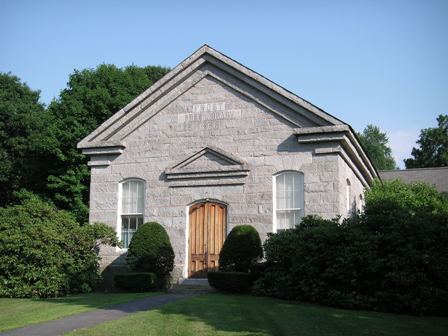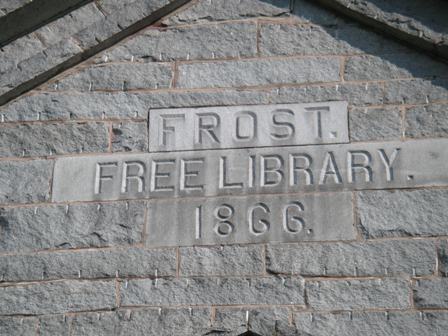
"People who like this sort of thing will find this the sort of thing they like." (Lincoln)
| |
| Goodies | |||||||||||||||||||||||||||||||||||||||||||||||||||||||||||||
|
divided party government
Unified and Divided Party Government in the US, 1981-2011 margin = majority - minority - independent Democratic control; Republican control
+In the 110th Congress, 2007-2008, Democrats and Republicans were tied up at 49-49, but two independents (Lieberman of Connecticut and Sanders of Vermont) caucused with the Democrats and so one could say that the Democrats enjoyed narrow majority control of the Senate in those two years. * “From January 3 to January 20, 2001, with the Senate divided evenly between the two parties, the Democrats held the majority due to the deciding vote of outgoing Democratic Vice President Al Gore. Senator Thomas A. Daschle served as majority leader at that time. Beginning on January 20, 2001, Republican Vice President Richard Cheney held the deciding vote, giving the majority to the Republicans. Senator Trent Lott resumed his position as majority leader on that date. On May 24, 2001, Senator James Jeffords of Vermont announced his switch from Republican to Independent status, effective June 6, 2001. Jeffords announced that he would caucus with the Democrats, giving the Democrats a one-seat advantage, changing control of the Senate from the Republicans back to the Democrats. Senator Thomas A. Daschle again became majority leader on June 6, 2001. Senator Paul D. Wellstone (D-MN) died on October 25, 2002, and Independent Dean Barkley was appointed to fill the vacancy. The November 5, 2002 election brought to office elected Senator James Talent (R-MO), replacing appointed Senator Jean Carnahan (D-MO), shifting balance once again to the Republicans -- but no reorganization was completed at that time since the Senate was out of session. “ Party Division in the Senate, 1789-Present (accessed 20050609). Sources: Political Divisions of the House of Representatives (1789 to Present); Party Division in the Senate, 1789-Present ( both accessed 20050609); for 2007- 2009, Party Division in the Senate and Party Divisions of the House of Representatives (both accessed 20090527); for the 2011 House .
|
|



